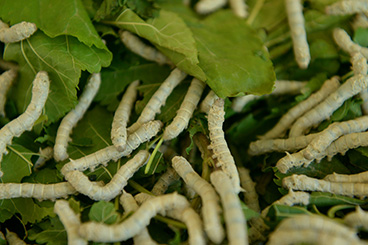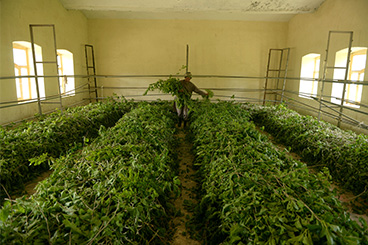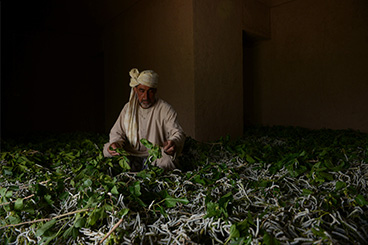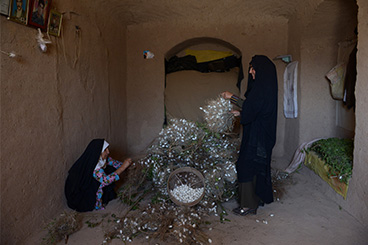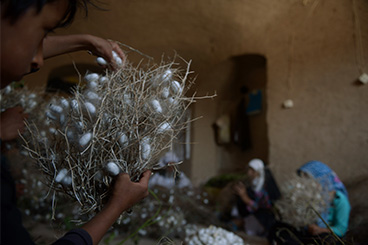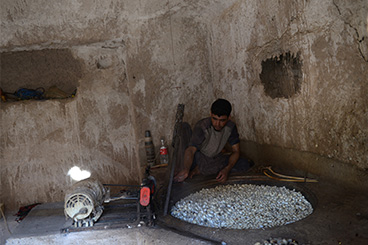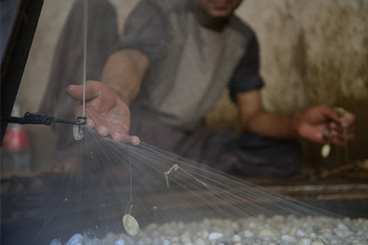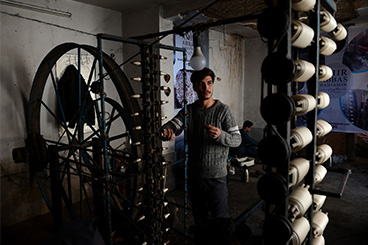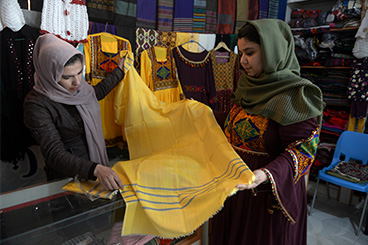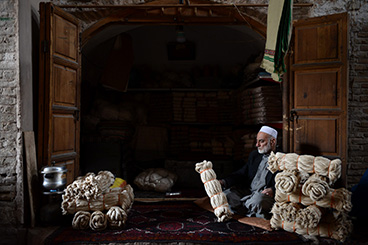The Marai Photo Award 2021 Winners
Kabul-based photographer Mohammad Ismail, 41, who works for Reuters news agency named the winner of the third edition of the Marai Photo Award in the Single Photo category. His winning photograph shows a young Afghan man whose legs have been amputated training in a swimming pool.
The winner of the Photo Story category is Mohammad Aref Karimi, a photojournalist originally from Herat in west Afghanistan. His winning entry was a series of photos depicting the production of silk in his home province. Aref Karimi, 35, works with AFP.
Named "My Afghanistan", the award is organized by AFP in honour of Shah Marai, the former photo chief at the agency's Kabul bureau. Marai was killed at the age of 41 in a suicide attack on April 30, 2018. He set an example for Afghan photographers, capturing unique images of his country with tenderness and passion. The competition each year invites Afghan photographers to share the reality of their country and people, beyond the images of violence too often associated with Afghanistan.
Noting Afghanistan's location on the old Silk Route, Karimi submitted 15 photos showing how silk production affected by conflict has gradually recovered in recent years in Herat, where thousands of families work raising silkworms and producing silk.
Journalists continue to pay a heavy price in the war in Afghanistan. Along with honouring the memory of Shah Marai, the competition aims to develop photography in a country struggling with the effects of four decades of conflict. This year, 51 submissions were accepted for the award. There were seven finalists: four in the Photo Story category and three in the Single Photo category.
Single Photo
Mohammad Ismail
Title: Afghan Amputee Swimmer

© Mohammad Ismail
Malik Mohammad, relaxes in the pool during his training in KabuI on May 18, 2017. It took a pair of landmines that severed Mohammad's legs for him to find his life's passion for swimming in land-locked Afghanistan.
Photo Story
Mohammad Aref Karimi
Title: Silkworm Road
© Mohammad Aref Karimi
According to UNESCO Afghanistan benefits from a desirable geographic location, situated at the midpoint of Central Asia, with the former Chinese empires to its east and Persian empires to its west. As a result, goods traded between Western and Eastern Asia would undoubtedly cross Afghanistan. The cities that were located along the Silk Roads included Balkh, Bamiyan, Herat, Badakhshan and Kabul. And today Herat province is the main center of the silkworm breeding and silk weaving industry in Afghanistan, which has a history of several thousand years. But with war in Afghanistan, cocoon breeding and silk weaving had been affected like other industries until 2003, it revived in Herat province with some NGOs and institutions help. Today thousands of families are engaged in silkworm breeding and silk weaving in Herat producing silk martial, scarfs and carpets which mostly get imported all around the world.

